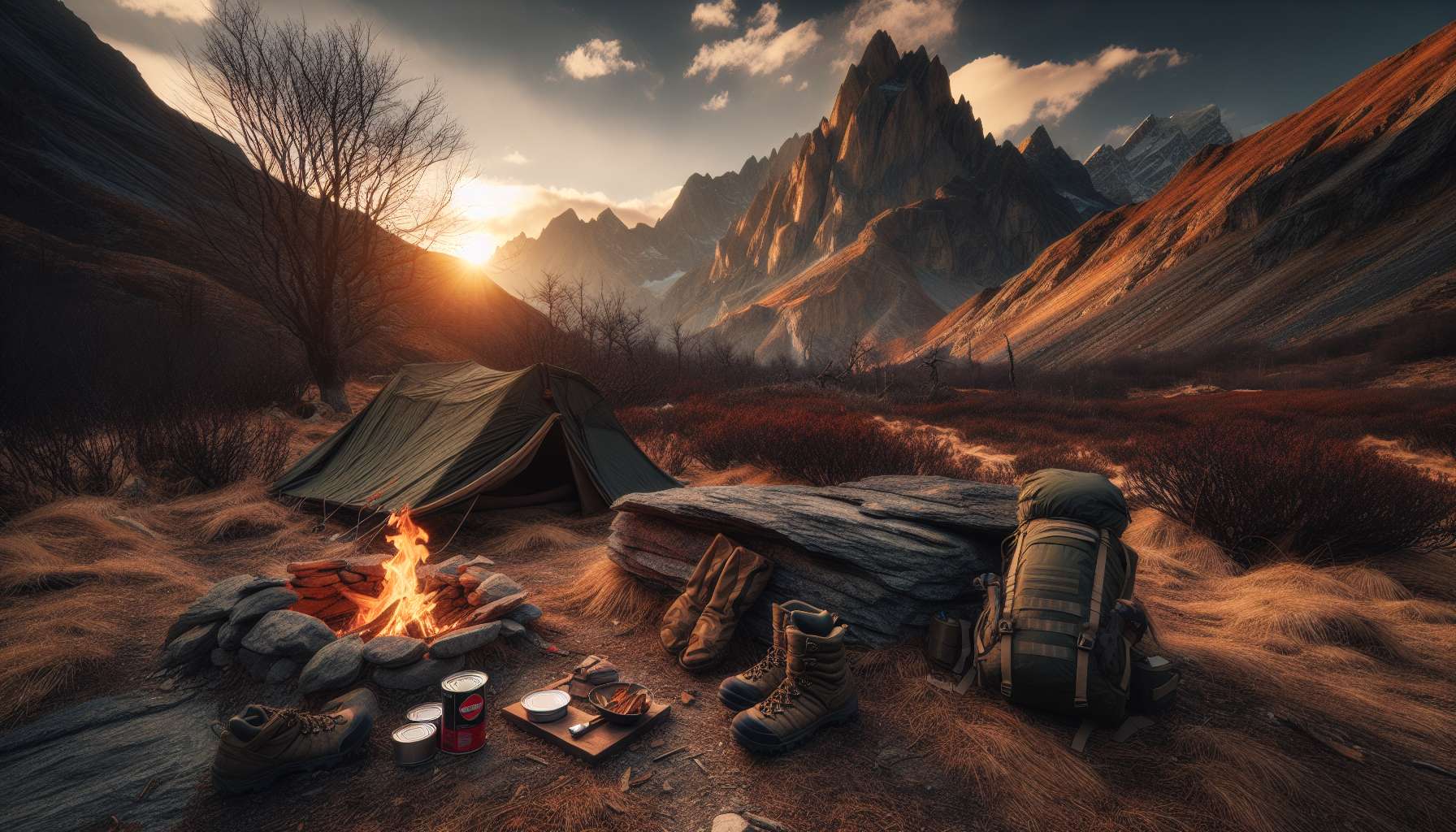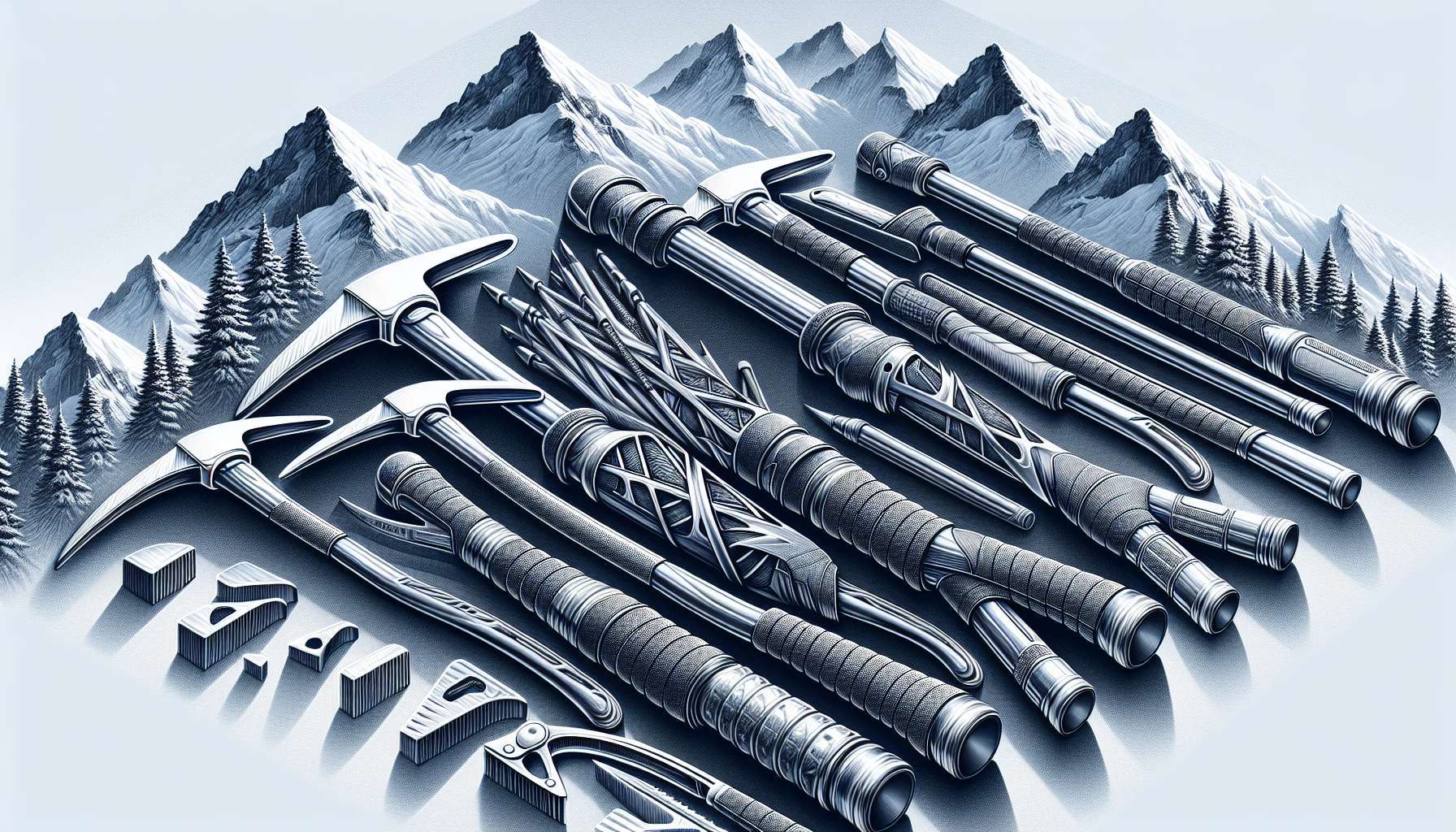The Ultimate Guide to Bivouac Sacks: Everything You Need to Know
Imagine embarking on a thrilling adventure in the great outdoors, surrounded by the beauty of nature and the serenity of the wilderness. As the sun sets and night falls, you find yourself in need of a shelter that is lightweight, portable, and durable. This is where bivouac sacks come into play, offering a compact and efficient solution for outdoor enthusiasts, hikers, campers, and mountaineers.
In this comprehensive guide, we will delve into the world of bivouac sacks, exploring their history, uses, benefits, and much more. Whether you are a seasoned outdoor enthusiast or a curious beginner, this article will provide you with all the information you need to know about bivouac sacks.
The History of Bivouac Sacks
Before we delve into the specifics of bivouac sacks, let’s take a step back in time to explore their fascinating history. The concept of bivouacking dates back to the early days of mountaineering and military expeditions, where soldiers and climbers needed a lightweight and portable shelter for overnight stays in harsh environments.
In its simplest form, a bivouac sack is a waterproof and breathable shelter that is designed to protect the user from the elements while being incredibly lightweight and compact. Over the years, bivouac sacks have evolved in terms of materials, design, and features, making them an essential piece of gear for outdoor enthusiasts worldwide.
The Benefits of Bivouac Sacks
One of the key benefits of bivouac sacks is their lightweight and compact design, making them easy to carry in a backpack or attach to a climbing harness. Unlike traditional tents, bivouac sacks can be set up quickly and easily, providing instant protection from rain, wind, and snow. Additionally, bivouac sacks are versatile and can be used in a wide range of outdoor activities, from hiking and camping to mountaineering and alpine climbing.
Another major advantage of bivouac sacks is their breathability, which helps regulate temperature and prevent condensation buildup inside the shelter. This is crucial for maintaining comfort and preventing hypothermia in cold and wet conditions. Additionally, bivouac sacks are typically made from durable and weather-resistant materials, ensuring that they can withstand the rigors of outdoor use.
Types of Bivouac Sacks
There are several types of bivouac sacks available on the market, each designed for specific purposes and environments. The two main categories of bivouac sacks are traditional bivouac sacks and minimalist bivouac sacks.
Traditional Bivouac Sacks
Traditional bivouac sacks are typically larger in size and offer more features and comfort compared to minimalist bivouac sacks. They are designed for extended use in a wide range of conditions, making them ideal for camping, hiking, and general outdoor use. Traditional bivouac sacks often include features such as zippers, ventilation panels, and storage pockets, enhancing their functionality and convenience.

Minimalist Bivouac Sacks
Minimalist bivouac sacks, on the other hand, are designed for ultralight backpacking and alpine climbing, where every ounce of weight and space matters. These bivouac sacks are stripped down to the essentials, focusing on weight savings and packability. Minimalist bivouac sacks are often made from lightweight and breathable materials, such as silnylon or cuben fiber, to minimize weight while still providing protection from the elements.

Choosing the Right Bivouac Sack
When it comes to choosing a bivouac sack, there are several factors to consider, including size, weight, materials, features, and intended use. It is important to select a bivouac sack that is appropriate for the conditions you will be encountering and the activities you will be engaging in.
Here are some key factors to keep in mind when choosing a bivouac sack:
Size and Weight
The size and weight of a bivouac sack are crucial considerations, especially for backpackers and climbers who need to minimize their pack weight. Look for a bivouac sack that strikes a balance between size and weight, providing enough space for comfort without adding unnecessary bulk.
Materials
The materials used in a bivouac sack play a significant role in its performance and durability. Waterproof and breathable materials, such as Gore-Tex or eVent, are ideal for keeping you dry and comfortable in wet conditions. Additionally, look for ripstop fabrics and reinforced seams to ensure the bivouac sack can withstand rough terrain and harsh weather.
Features
Consider the features offered by a bivouac sack, such as zippers, ventilation panels, bug nets, and storage pockets. These features can enhance the functionality and convenience of the bivouac sack, making your outdoor experience more enjoyable and comfortable.
Intended Use
Finally, consider the intended use of the bivouac sack and choose a model that is suited to your specific activities and environments. Whether you are camping in the mountains, hiking in the desert, or climbing in the alpine, there is a bivouac sack that is perfect for your needs.
Expert Opinions
To provide further insight into the world of bivouac sacks, let’s hear from some experts in the field. According to renowned outdoor gear reviewer and backpacking expert, Joe Valesko, “Bivouac sacks are an essential piece of gear for any outdoor enthusiast. Their lightweight and compact design make them a versatile and reliable shelter option for a wide range of activities.”
Similarly, mountaineering guide and alpine climber, Emily Thompson, adds, “I never leave for an expedition without my bivouac sack. It provides me with the peace of mind knowing that I have a reliable shelter that can withstand the harshest conditions and keep me safe and comfortable throughout the night.”
Conclusion
As we wrap up our exploration of bivouac sacks, it is clear that these compact shelters offer a myriad of benefits for outdoor enthusiasts. Whether you are embarking on a multi-day backpacking trip or summiting a remote peak, a bivouac sack can provide you with the protection and comfort you need to enjoy your outdoor adventures to the fullest.
By understanding the history, types, benefits, and factors to consider when choosing a bivouac sack, you can make an informed decision and select the perfect shelter for your next outdoor excursion. So next time you find yourself under the stars, surrounded by the beauty of nature, remember the humble bivouac sack and the comfort and security it can provide in the great outdoors.




